RESULTS
Wildlife lovers around the world have chosen a New Big 5...
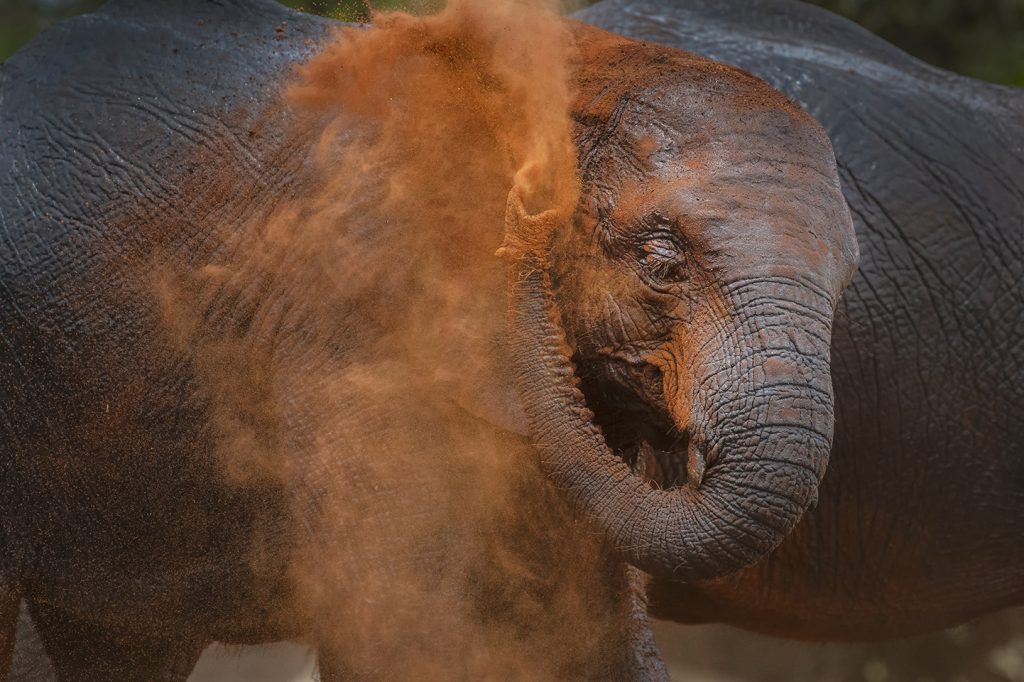
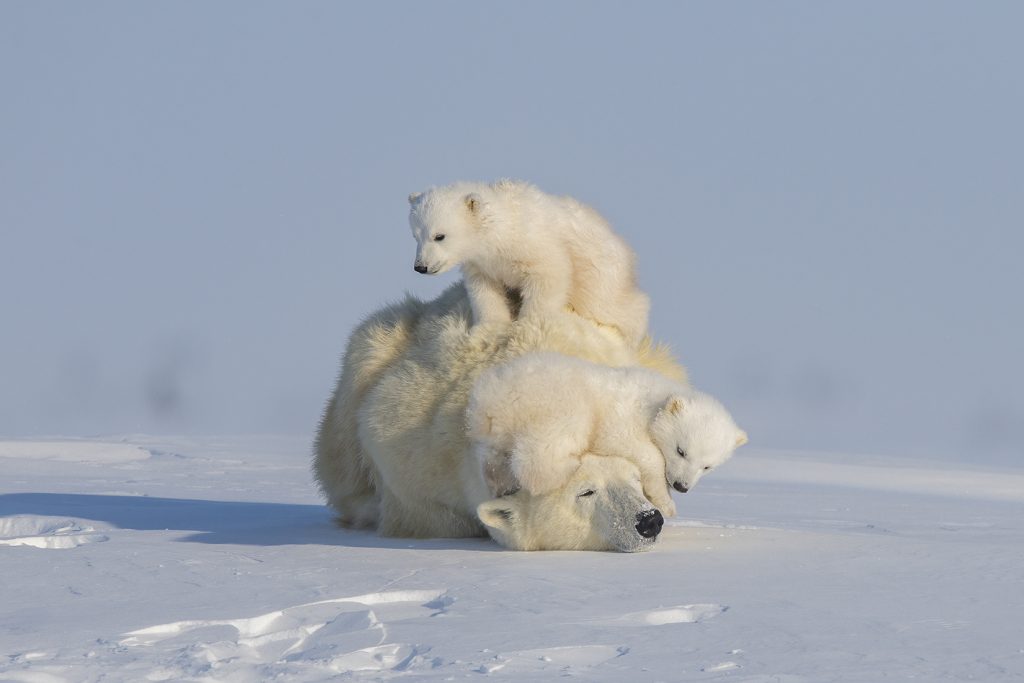
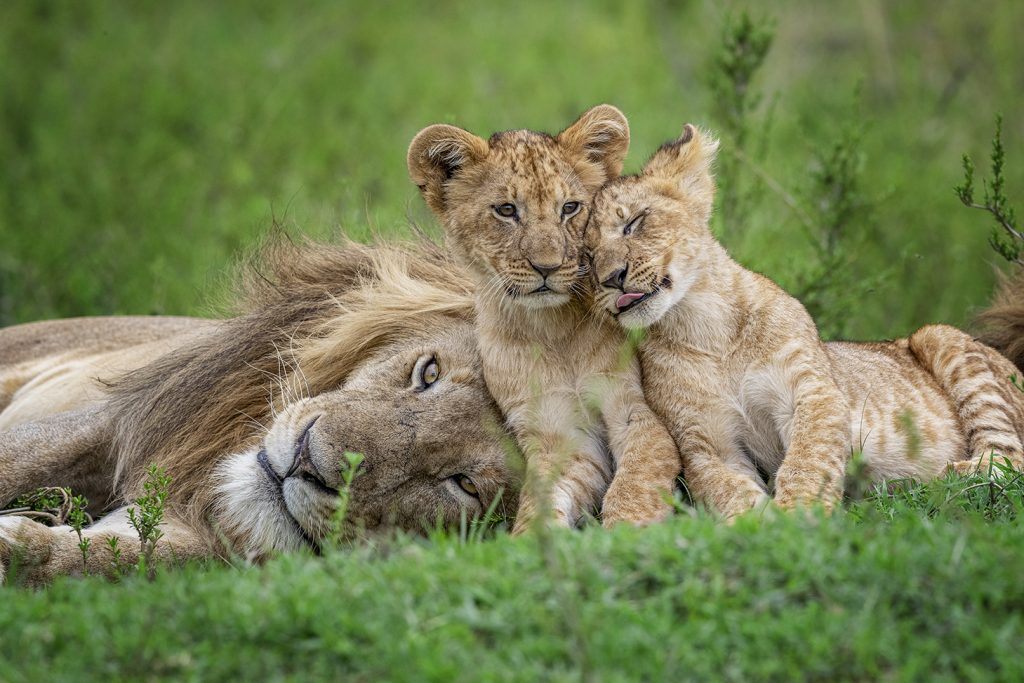
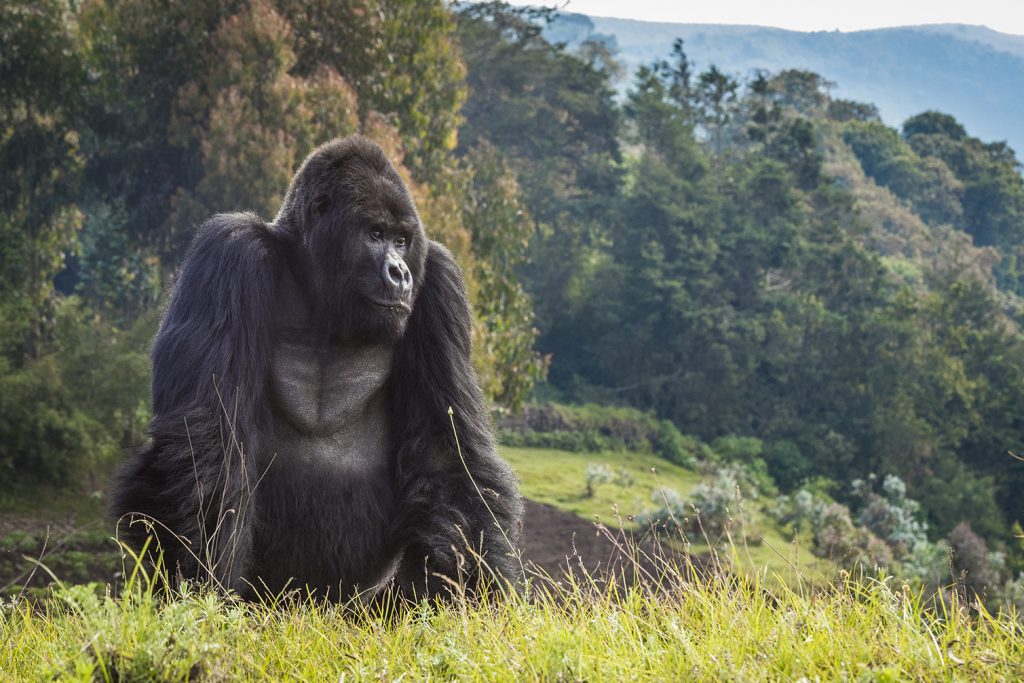
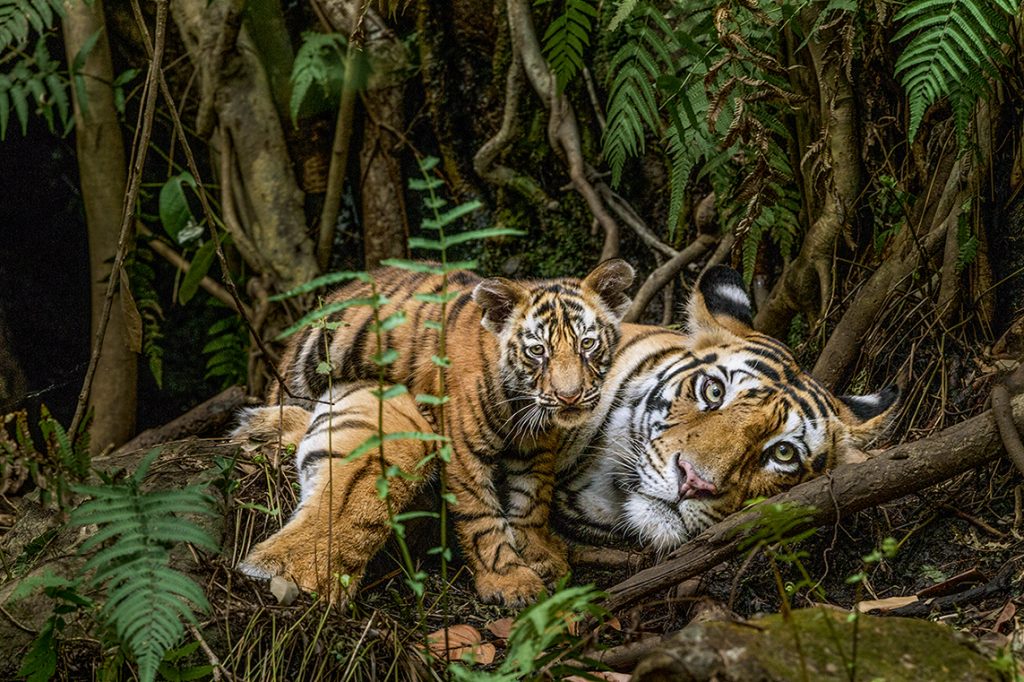
The ‘Big 5’ is an old term used by trophy hunters in Africa for the five most prized and dangerous animals to shoot and kill: elephant, rhino, leopard, Cape buffalo and lion.
The New Big 5 project’s founder Graeme Green had a better idea: to create a New Big 5 of Wildlife Photography, rather than hunting. Shooting with a camera, not a gun.
More than 350 global photographers, conservationists and wildlife charities came together to support the project, which celebrated the world’s wildlife and focused attention on the crisis facing global biodiversity, including habitat loss, human-wildlife conflict, poaching, illegal wildlife trade and climate change.
Since launching in April 2020, wildlife lovers and photographers around the world have voted on the New Big 5 website for the 5 animals they want to be included in the New Big 5 of Wildlife Photography.
The results, announced in April 2023, were covered by global TV, radio, newspapers, magazines and websites, including the BBC, Sky News, The Guardian, Forbes, CNN,The Times,CBC Radio, Euronews,Digital Camera, Nature In Focus,National Geographic,The Hindu, EcoWatch, Getaway, Geographical,The Boston Globe, France24, My Modern Met, The Big Issue magazine, This Is Colossal, The Independent,Metro, The Daily Mail, Conde Nast Traveller, Petapixel, The Times Of India, Oceanographic, The Straits Times,The New York Times…
The results are:
ELEPHANT
POLAR BEAR
GORILLA
TIGER
LION
Jane Goodall: “We now have the results of the New Big 5 project. These 5 animals – elephants, polar bears, gorillas, tigers and lions – are such beautiful and remarkable species, and are wonderful ambassadors for the world’s wildlife, from iconic species to little-known frogs, lizards, fish and birds. So many face threats to their survival from issues such as poaching, habitat loss and climate change. A million species are at risk of extinction. If we work together, we can stop this happening. There is always hope. Change is possible if we each play our part.”
Each of the 5 species in the New Big 5 face severe threats to their existence and are listed by the IUCN either as Critically Endangered, Endangered or Vulnerable. All 5 animals are keystone species, essential to the balance of nature in their habitats, biodiverse ecosystems and the survival of other species. Each species is vital to the health of the planet and to our future.
Marsel van Oosten: “We’re currently experiencing the worst spate of species die-offs since the loss of the dinosaurs 65 million years ago. But unlike those past mass extinctions, the current crisis is almost entirely caused by us: humans. The New Big 5 consists of elephants, polar bears, gorillas, tigers and lions – some of the most iconic animals on our planet. They’re a stark reminder of what’s at stake if we don’t change our ways. That’s how I will look at each of them, as beautiful representatives of the many thousands of other, often lesser-known species who desperately need our help.”
One million species of plants and animals currently face the threat of extinction.
Graeme Green: “The 5 animals that wildlife lovers around the world have voted to include in the New Big 5 of Wildlife Photography – elephants, gorillas, tigers, lions and polar bears – are not just some of the most beautiful, incredible animals on the planet. All 5 also face serious threats to their existence. The New Big 5 are the tip of the iceberg. They stand for all the creatures on the planet, so many of which are in danger. From bees to blue whales, all wildlife is essential to the balance of nature, to healthy ecosystems and to the future of our planet.”
THE 5 ANIMALS IN THE NEW BIG 5 OF WILDLIFE PHOTOGRAPHY
ELEPHANTS
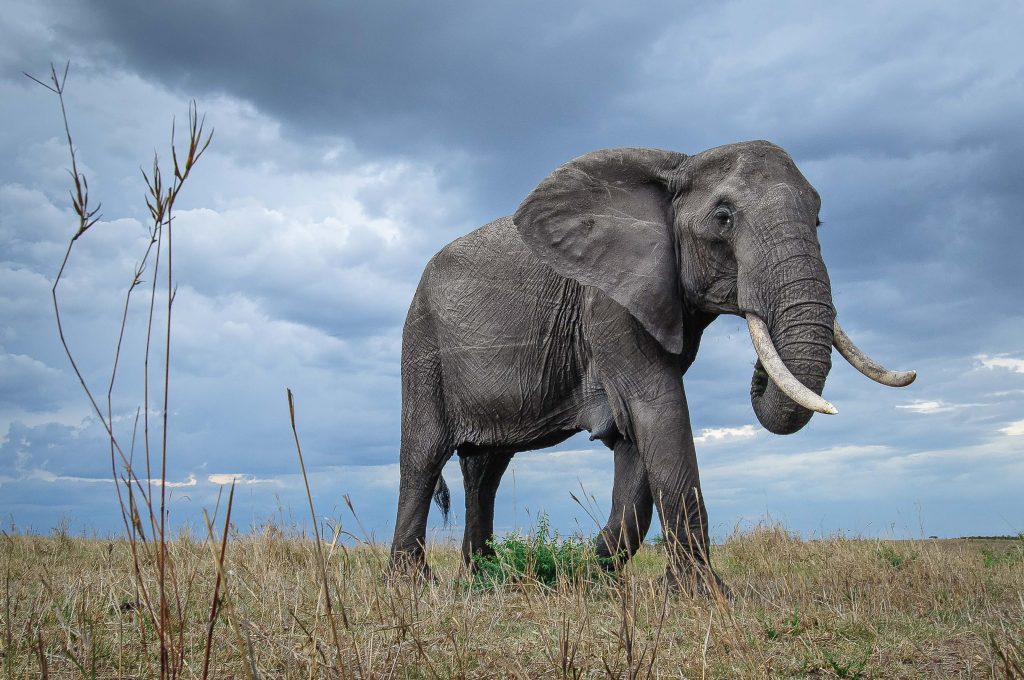
Elephants are the largest living land mammal on Earth. Intelligent and emotional animals, they’re ‘ecosystem engineers’ that spread seeds and modify landscapes. Their future is threatened in Africa and Asia due to poaching for the ivory trade, habitat loss human-wildlife conflict.
Iain Douglas-Hamilton (Save The Elephants): “I’m delighted people around the world have voted for elephants. Elephants face severe threats to their existence. It’s vital to get rid of the demand for ivory once and for all. We need to stop the killing, stop the trafficking and decrease the demand for ivory. Habitat loss is another serious challenge, linked to human-wildlife conflict, in which elephants are often killed or injured. We need to preserve wild spaces and corridors where elephants can roam freely and safely. Africa’s elephants are still endangered and their future is far from assured. They could be lost in a human lifetime unless humanity cares enough to prevent it from happening.”
Paula Kahumbu (Wildlife Direct): “I’m thrilled to announce that elephants are one of the New Big 5 of Wildlife Photography. Elephants are among the most important species in Africa and Asia for maintaining incredible habitats and environments, and what great ambassadors they are for wildlife the world over. But elephants are in distress. They’re poached for their ivory, their habitats are disappearing and they’re being killed as a result of human-wildlife conflict. To save elephants, we have to all step up to protect them.”
Jane Goodall (The Jane Goodall Institute): “The elephant is so majestic. So many have been killed for their tusks, not only by poachers but also by trophy hunters. I love photos where an older elephant rests his trunk on a tusk, or young ones playing. What a dynamic contrast these photos are to the terrible photos of a dead body, trunk cut off and thrown aside, tusks dug out.”
Marina Cano (photographer): “I love elephants. This beautiful huge animal can be so tender, so gentle and emotional. From a photographic point of view, they’re awesome. I love their faces, their skin, the beauty of their bodies, the young ones playing in water, the adults doing their dust bath. It’s terrible the situation they’re facing right now with the ivory trade. Currently, it’s estimated around 55 elephants a day are being killed in Africa. At this rate, there could be no more elephants left in Africa. We can’t allow this to happen.”
Angela Sheldrick (Sheldrick Wildlife Trust): “Elephants are the Gardeners of Eden, with so much dependent upon their very existence.”
POLAR BEAR
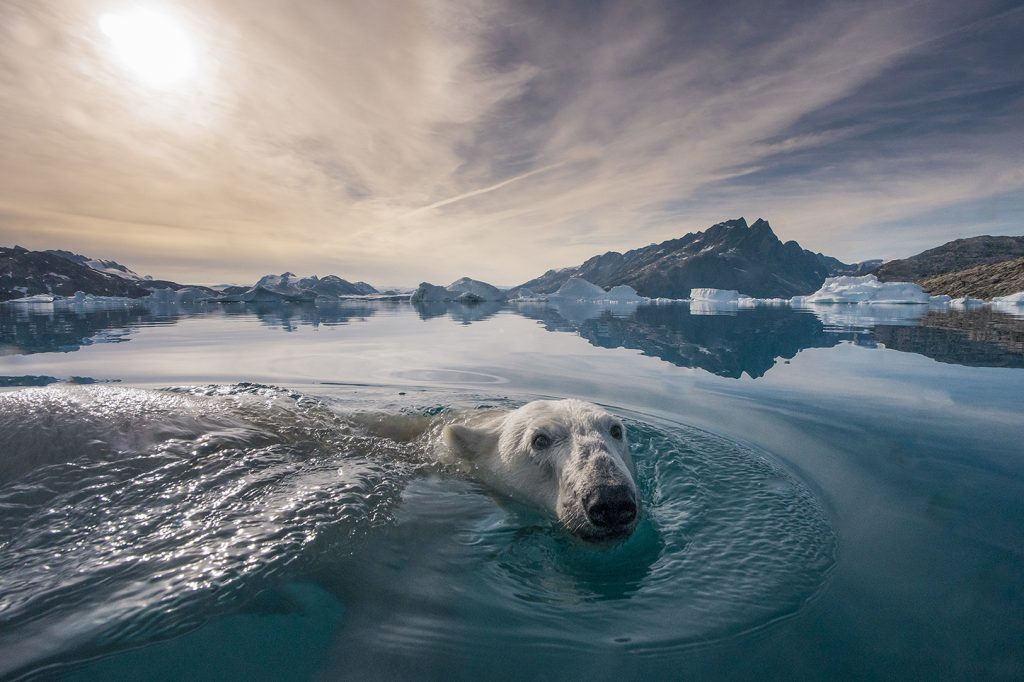
Polar bears are the world’s largest carnivores. The IUCN lists the polar bear as Vulnerable. Sea ice loss from climate change is the biggest threat to their survival.
Krista Wright (Polar Bears International): “I’m so excited polar bears are part of the New Big 5. They’re keenly intelligent and endlessly fascinating to photograph and watch. Polar bears are also a powerful symbol of sea ice loss from global climate warming and a poignant messenger on the urgent need to act. In order to protect polar bears, we need to protect the sea ice they depend upon. If we work together, we can ensure polar bears roam the Arctic sea ice for generations to come. By taking action on climate change, we’ll not only ensure the polar bear’s future, but help people too. A future that supports polar bears will be a future that is better for all of us.”
Jennifer Morgan (Greenpeace): “Polar bears are among the most beautiful, exciting animals on Earth. Their features stand out so remarkably against the Arctic’s landscape. They’re hugely powerful, while deeply affectionate. Polar bears are highly vulnerable to climate change and its impacts. The disappearance of vast areas of sea ice across the Arctic, caused by global warming, makes life more difficult and can mean it’s impossible for them to hunt, reducing their chances of survival. Polar bears are at real risk of extinction. When I see them in vulnerable situations, my heart hurts.”
Paul Nicklen (photographer): “I’m forever grateful to the powerful, majestic polar bears I’ve met for allowing me intimate glimpses into their lives. Many indigenous cultures consider them to be miraculous and shamanic. I’m only the latest in a long line of human beings to appreciate these animals. Whenever I have the opportunity to get up close and discover the wisdom in their eyes, there’s never any question why.”
Ole Jørgen Liodden (photographer): “I’m very happy people have voted for the polar bear to be in the New Big 5 of Wildlife Photography. Polar bears are beautiful and remarkable animals. Although climate change is the greatest threat to polar bears, hundreds of them are also hunted and killed for the commercial fur trade. With populations declining, every polar bear counts. I’d like to see more protection for these magnificent animals.”
Daisy Gilardini (photographer): “I’m delighted people around the world have voted for polar bears to be one of the New Big 5 of Wildlife Photography, not only because they’re my favourite animals but because they need to be protected. Polar bears face unprecedented challenges in their fight for survival, mostly related to human activities: habitat loss due to climate change, ingestion of toxic pollutants through the food chain, and hunting. Thanks to initiatives like the New Big 5, we’ve been given an opportunity to lend a voice to creatures that can’t speak for themselves. We’re ambassadors on their behalf, helping raise awareness of the serious issues they face on a daily basis.”
GORILLA
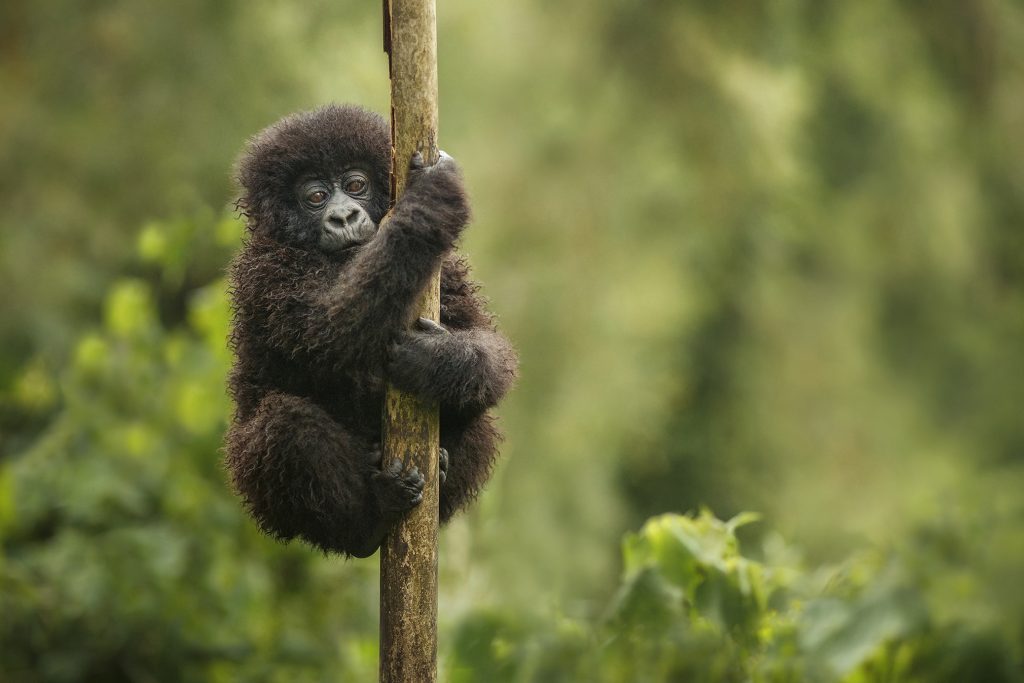
Gorillas are the world’s largest primate. They share more than 98 per cent of their DNA with humans. Gorillas are vital to forest habitats, controlling plant growth and distributing seeds. Mountain gorillas are found in just three countries: Rwanda, Uganda and Democratic Republic of Congo. Grauer’s gorillas are only found in DRC.
Tara Stoinski (Dian Fossey Gorilla Fund): “I’m absolutely delighted gorillas are part of the New Big 5. Gorillas are incredible, intelligent, caring animals. They share more than 98 per cent of our DNA. Unfortunately, both species of gorillas – eastern gorilla and western gorilla – are Critically Endangered, the last step before extinction in the wild. Luckily, mountain gorilla numbers are increasing, showing conservation can succeed when we work together. Their cousins, the Grauer’s gorillas, are facing a dire future. They’re only found in DR Congo. In the past 25 years, their numbers have plummeted by around 80 per cent, primarily a result of poaching. Gorillas are the gardeners of Africa’s immense rainforests, which are essential for thousands of other species that live there, from chimpanzees to forest elephants. We also need these forests to remain healthy and biodiverse because our own survival depends on them. If we can save gorillas and their forest home, we may just save ourselves, too.”
Brent Stirton (photographer): “Spending time with mountain gorillas and having a Silverback look you in the eye is a completely human experience for me. When you have that kind of experience with an animal and you see the intelligence and understand that these are sentient creatures, you known they deserve every bit of consideration that we would have for humans.”
Marcus Westberg (photographer): “The great apes are our closest relatives, living reminders that we are part of, and not apart from, the rest of the natural world. These are the world’s largest primates, full of curiosity and compassion, and if we cannot feel a strong connection to them, what hope do we have?”
Gladys Kalema-Zikusoka (Conservation Through Public Health): “I’m so happy gorillas have been included in the New Big 5. Gorillas are majestic animals but also vulnerable because they’re so few in number. A good photograph can bring out their personalities and inspire people to protect them. Both species of gorillas – eastern gorilla and western gorilla – are Critically Endangered. Mountain gorilla numbers are increasing slowly. But Grauer’s gorillas face dangerously low numbers. We must do everything we can to ensure gorillas have a future with us on the planet.”
Usha Harish (photographer): “There seems to spring a bond gorillas and people, peeling back the eons of human evolution, gazing at our very roots as a species. Spending time with gorillas is an experience that’s meditative and almost spiritual in its intensity.”
Nelis Wolmarans (photographer): “Gorillas are gentle giants and the stuff legends are made of. Their presence alone creates feelings that encompass fear and compassion and every other emotion in-between. To sit within a few feet of a majestic 500-pound Silverback and to experience the tolerance and curiosity that they have for us is something that you simply can’t explain adequately to someone who has not yet been to see them. With them sharing 98.4 per cent of our genetic make-up, to me, photographing them is more a case of photographing someone than something.”
LION
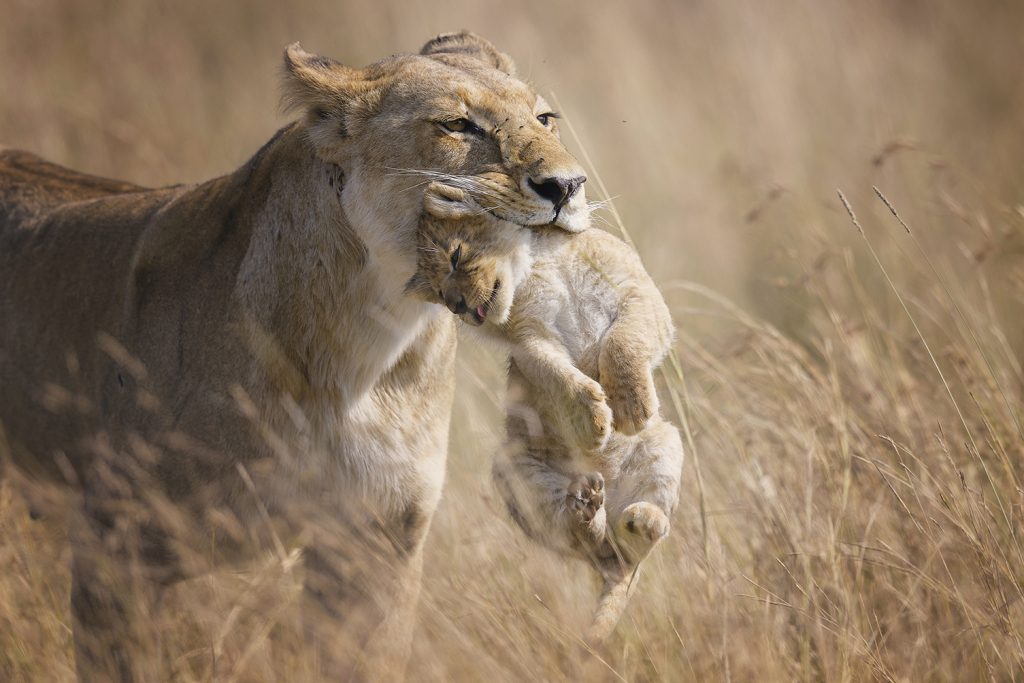
African lion numbers have declined by around 50 per cent in the last 25 years. Lions occupy just eight per cent of their historic range. Recent estimates suggest there are around 20,000-25,000 lions remaining in the wild, though there could be fewer than 20,000. Bushmeat hunting (which reduces lions’ prey), habitat loss and human-wildlife conflict are all major factors. The poaching of lions for body parts for traditional practices in Africa and the Asian medicine market is also emerging in some African countries.
Outside of Africa, lions are only found in Gir National Park in India, where there are around 670 lions.
Lions are an apex predator, maintaining a stable balance of predator and prey, stopping herbivores degrading vegetation.
Dr Shivani Bhalla (Founder / Executive Director of Ewaso Lions): “I’m so excited lions are in the New Big 5 because lions need all the attention they can get. They’re in serious trouble. The large prides I used to see as a child are disappearing. Lions are icons of what it means to be wild. They’re a keystone species and extremely important for healthy ecosystems. It would be a tragedy to lose lions across our continent. But I hope that by coming together and giving lions the attention they deserve, we can address these threats and ensure lions are free to roam across Africa’s spectacular landscapes. We can’t let them disappear.”
Melissa Groo (photographer): “There is no creature more powerful, more sexy and more iconic than the African lion. We’re privileged to share this Earth with them.”
Graeme Green (photographer / Founder, New Big 5 project): “Lions are powerful animals, but also capable of gentle, affectionate behaviour. Maybe because they look so strong, many people think they’re doing fine. But like many other species currently, their numbers are declining rapidly. I hope we can help turn the tide for lions and other species, all of which are too valuable to lose.”
Peter Lindsey (Director, Lion Recovery Fund): “Lions are the symbol of Africa’s wilderness. One thing that grabs me about them is how amazing it is that such a majestic, wild and terrifying creature still roams the planet. How privileged we are. However, lion numbers have declined by about half in the last 25 years. They are the consummate umbrella species: if we can protect savannah ecosystems sufficiently to support lion populations, other species will also thrive.”
TIGER

Of all the big cats, the tiger is the closest to extinction. Tigers are listed globally as Endangered on the IUCN’s Red List of Threatened Species. There are far more tigers living in captivity today than there are surviving in the wild. The illegal wildlife trade in tiger bones, skins and other products, for traditional Chinese ‘medicine’ or decorations, in China, Vietnam and other parts of Asia continue to drive the rapid decline. Habitat destruction and fragmentation, and human-wildlife conflict, also add to the crisis. Like lions, tigers maintain an ecosystem’s balance of predator and prey.
Vivek Menon (Wildlife Trust of India): “I’m so pleased that tigers are in the New Big 5. Tigers are such fascinating incredible animals. It’s also a flagship species for the conservation of their habitats and all other life that exists there. Poaching for tigers’ body parts has taken a heavy toll for an animal already threatened by forest loss and degradation, by the fall in its prey numbers due to hunting, and from human-animal conflict. There are less than 4000 tigers left in the wild around the world. In India, they’re threatened by habitat loss and poaching. Sumatran tigers are even more critically endangered. I’m so happy they’ve been given the importance they deserve.”
Valmik Thapar (conservationist / author): “I’m delighted tigers have been chosen as one of the New Big 5. The beauty of a tiger in every photo promotes conservation, so if you want save the world’s most charismatic species, get your camera and go and find the tiger.”
Shibu Preman (photographer): “Tigers face many threats to their survival and a highly uncertain future. To save them and celebrate them, I nominate the tiger as the captain to lead the New Big 5.”
Farwiza Farhan (Forest, Nature and Environment of Aceh (HAkA)): “Tigers are the big predator at the top of the food chain. They play an important role to keep the ecosystem in balance. The Sumatran tiger is one of four key endangered species in Indonesia’s Leuser Ecosystem in Indonesia, along with the Sumatran orangutan, Sumatran Rhino and Sumatran Elephant, who all need urgent attention. It’s the last place on Earth where they all still roam wild.”
BEYOND THE NEW BIG 5
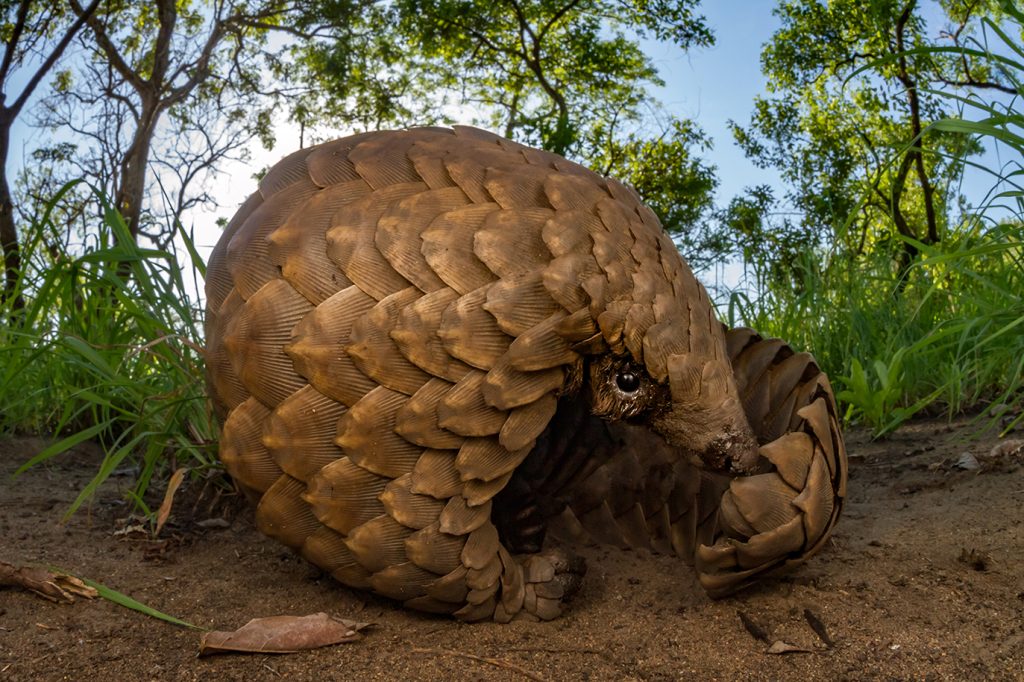
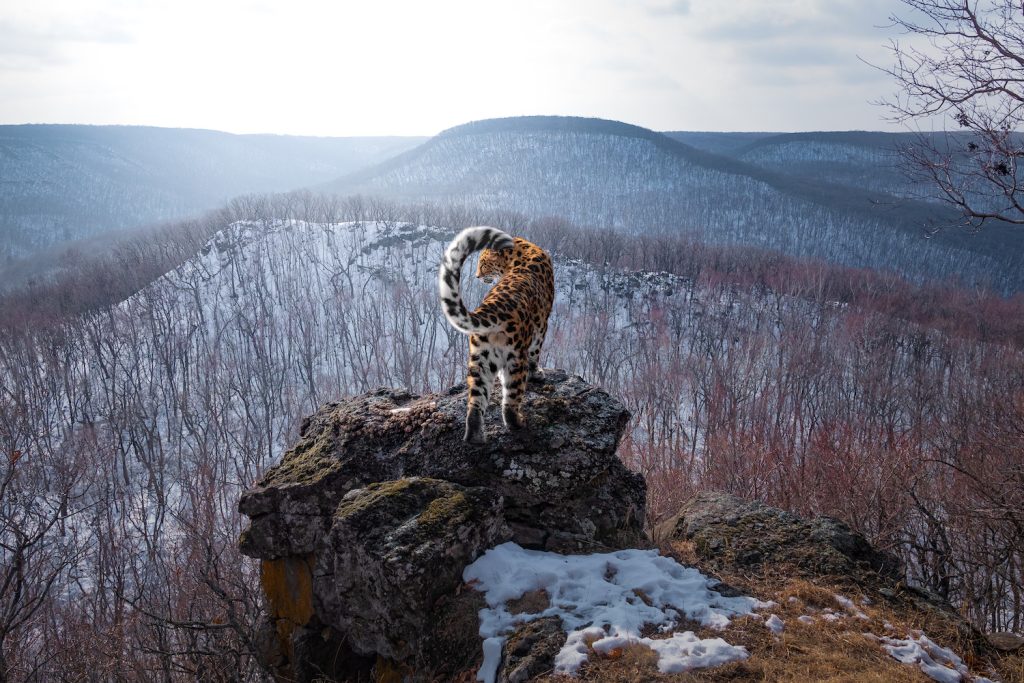
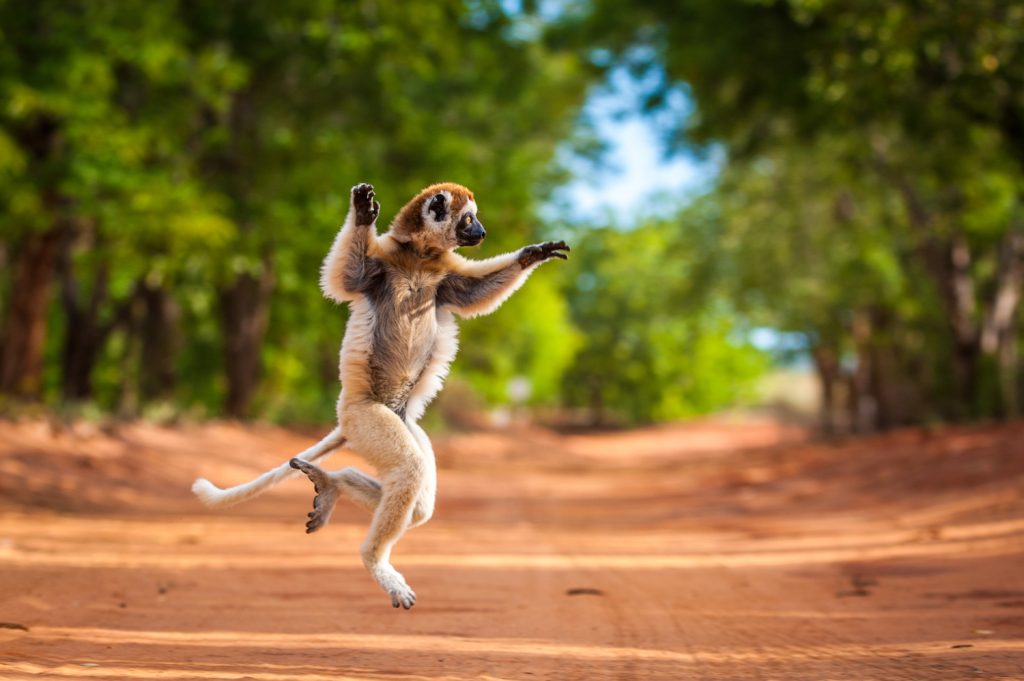
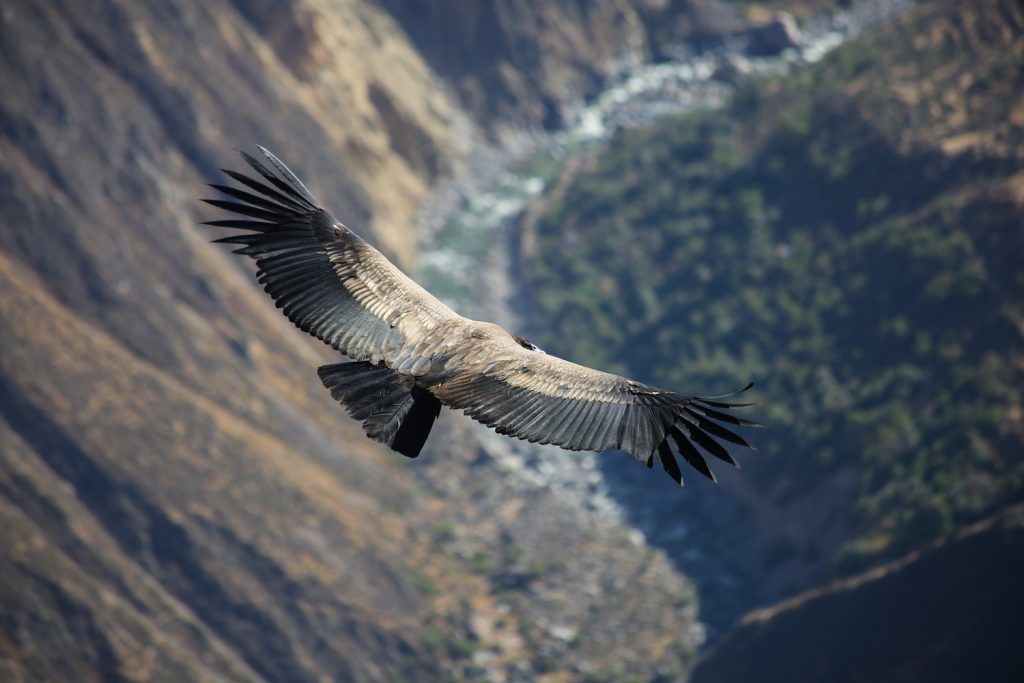
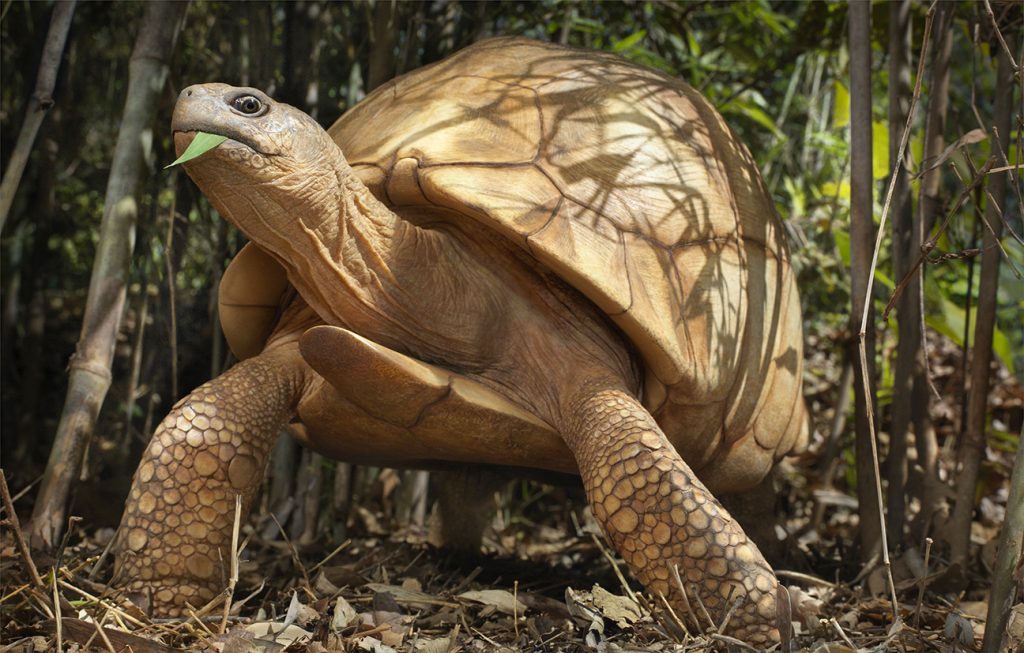
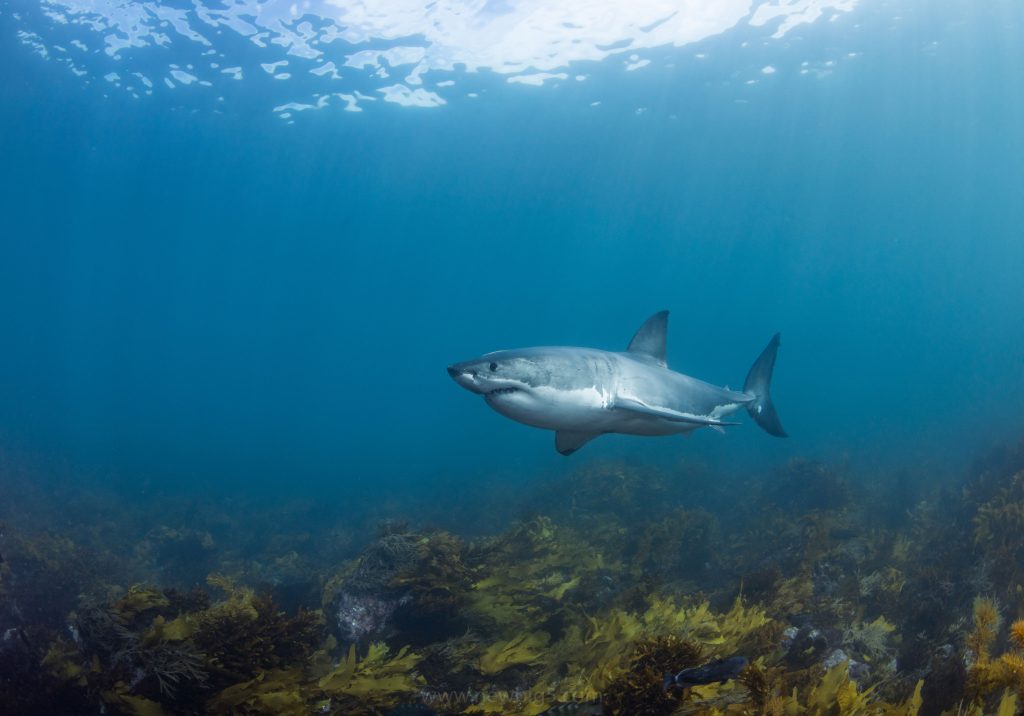
The 5 animals in the New Big 5 are the tip of the iceberg in the crisis facing the world’s wildlife. The goal of the New Big 5 project is to raise awareness about the many different species facing serious threats to their existence, from pangolins, orangutans and rhinos to little-known, under-appreciated species of frogs, moneys, spiders, birds and fish.
The New Big 5 also worked to shine a light on conservation ideas, solutions and successes, from cutting edge technology to rewilding, from new protected areas to community projects. As Jon Paul Rodríguez, Chair of the IUCN’s Species Survival Commission (SSC), says: “Conservation works. We just need to do more of it.”
The message of the New Big 5 project is that all life matters and needs to be protected. Change is possible.
